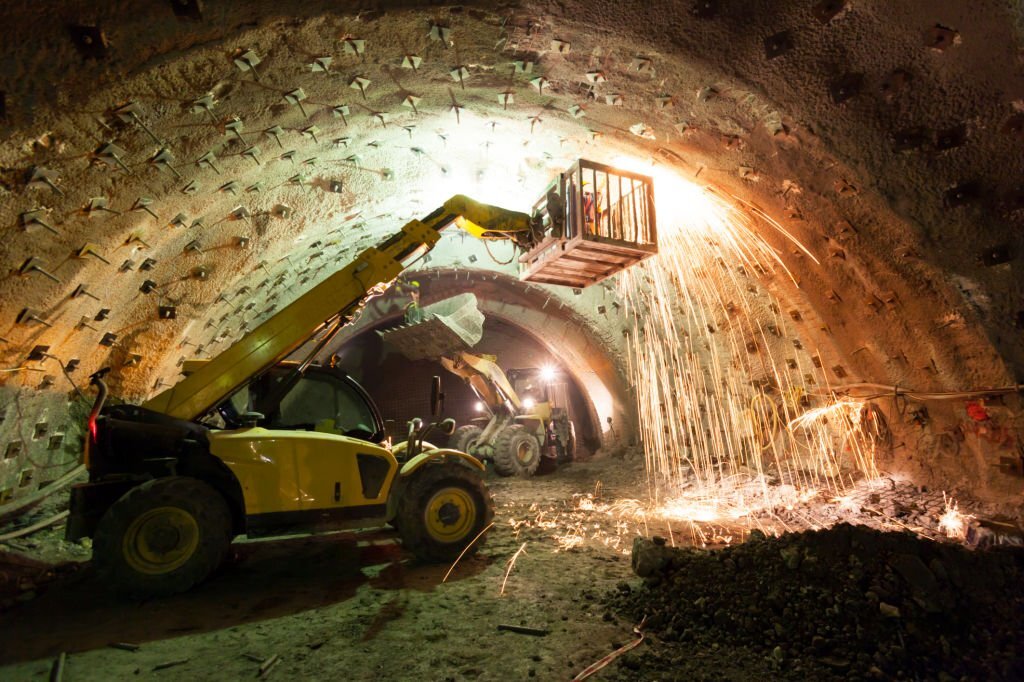
Introduction:
Tunnel construction is a complex endeavor that demands seamless movement of materials, machinery, and personnel within the confined underground space. Transportation equipment serves as the backbone of efficient logistics in tunneling projects, facilitating the movement of supplies, debris, and workers. This article delves into the various types of transportation equipment used in tunnel construction, shedding light on their roles, functionalities, and the crucial role they play in ensuring smooth operations below the surface.
Importance of Transportation Equipment in Tunnel Construction:
- Material Handling: Transportation equipment facilitates the movement of construction materials, minimizing delays.
- Personnel Transport: These machines ensure the safe and efficient movement of workers within the tunnel.
- Optimized Logistics: Proper transportation equipment streamlines project workflows, enhancing efficiency.
Types of Transportation Equipment in Tunnel Construction:
- Tunnel Boring Machine Transporters: Specially designed vehicles transport massive tunnel boring machines to the construction site.
- Dump Trucks: Dump trucks haul excavated material and debris from the tunnel to the surface.
- Utility Vehicles: Utility vehicles transport tools, supplies, and personnel within the tunnel.
- Concrete Mixer Trucks: Mixer trucks deliver and pour concrete for tunnel lining and structural elements.
- Personnel Transport Vehicles: Personnel carriers shuttle workers between the tunnel entrance and work zones.
Functions and Roles of Transportation Equipment:
- Material Movement: Dump trucks and conveyor systems transport excavated material from the tunnel face to the surface.
- Concrete Delivery: Concrete mixer trucks deliver freshly mixed concrete to tunnel segments and lining areas.
- Logistical Support: Utility vehicles ensure that necessary tools, equipment, and supplies are available where needed.
- Personnel Transport: Personnel carriers ensure the safe transportation of workers to various sections of the tunnel.
Challenges in Tunnel Transportation:
- Limited Space: Underground tunnels impose constraints on the size and maneuverability of transportation equipment.
- Safety Concerns: Navigating within tunnels requires adherence to strict safety protocols to prevent accidents.
- Traffic Management: Efficient coordination is required to avoid congestion in tunnels with limited space.
Innovations in Tunnel Transportation Equipment:
- Autonomous Vehicles: Self-driving transportation equipment enhances safety and efficiency in tunnel logistics.
- Advanced GPS and Navigation: Precise navigation systems optimize routes and minimize navigation errors.
- Real-time Communication: Integrated communication systems ensure seamless coordination between equipment operators and supervisors.
Case Studies of Successful Tunnel Transportation Equipment Usage:
- Seattle’s SR 99 Tunnel: Customized transporter systems efficiently moved the world’s largest tunnel-boring machine into the excavation site.
- Channel Tunnel: Specialized transportation equipment played a vital role in ferrying workers and supplies during its construction.
Future Prospects for Tunnel Transportation Equipment:
- Automation Integration: Autonomous vehicles will further enhance efficiency and safety in tunnel logistics.
- Energy Efficiency: Eco-friendly transportation equipment will align with sustainable construction practices.
Conclusion:
Transportation equipment forms the logistical backbone of tunnel construction, ensuring the smooth movement of materials, machinery, and personnel within confined underground spaces. From tunnel-boring machine transporters to dump trucks and personnel carriers, these specialized machines are essential for maintaining project efficiency and safety. As technology advances, the integration of autonomous features, advanced navigation systems, and sustainable practices will continue to redefine the capabilities of transportation equipment, ushering in a new era of efficiency, safety, and sustainability in the field of tunnel construction.

